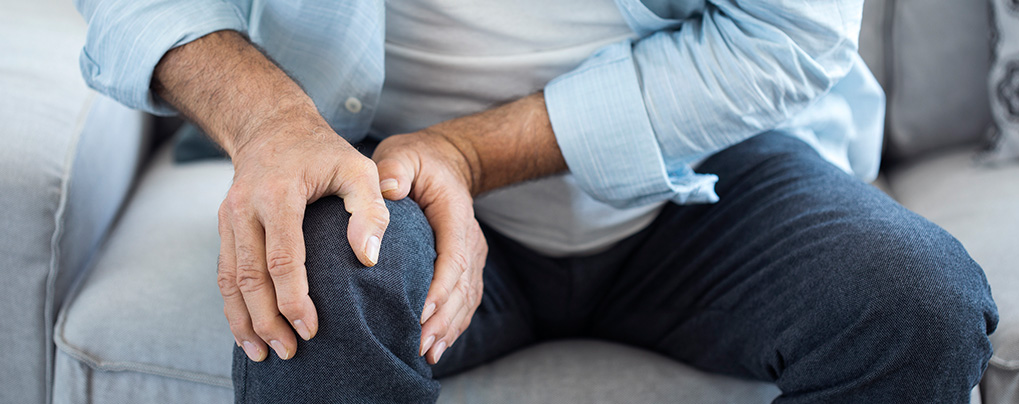Post-traumatic Osteoarthritis (Osteoarthritis After a Car Accident)
Osteoarthritis occurs when worn down cartilage causes bones to rub together resulting in joint pain, most commonly in hands, knees, hips, lower back, neck and spine. Post-traumatic osteoarthritis, however, is caused by the wearing out of a joint that has had any kind of physical injury, including trauma from a car accident. Such injuries can damage the cartilage and bone, change the mechanics of the joint, cause it to wear out more quickly, and bring about the need for surgery. The wearing-out process is worsened by continued injury and excess body weight. Osteoarthritis can be diagnosed using blood tests, x-rays, or MRIs.
Symptoms of Osteoarthritis
The most common symptoms of osteoarthritis are pain, tenderness, and inflammation in the joints, stiffness, loss of flexibility, and a grinding or grating feeling in the joint.
Making a Claim for Osteoarthritis After a Car Accident
To make a claim for post-traumatic osteoarthritis, your doctor must have diagnosed you with osteoarthritis and document that it specifically resulted from your car accident.
Damages for Osteoarthritis Following a Car Accident
Osteoarthritis causes pain and suffering and may limit your ability to work, depending on the severity of your condition and the type of work you perform. If you suffered lost earnings or earning capacity due to a car accident, you can prove those damages with evidence of your pre-accident earning capacity, as with a copy of your paystub or tax return.
Calculating Pain and Suffering Claims
You may be compensated for your pain and suffering. Your testimony and your doctor’s testimony will help prove your pain and suffering. You’ll need to state your symptoms and complaints, how long you have had them, and how much they impact your daily life. Your testimony must be consistent with that of your health care providers.
There are no guidelines for determining the value of pain and suffering. A jury will be instructed by the judge in car accident cases to use their good sense, background, and experience in determining what would be a fair and reasonable figure to compensate for the plaintiff’s pain and suffering.
Personal injury damages for pain and suffering often involve the use of a “multiplier.” The “multiplier” is calculating pain and suffering as being worth some multiple of your lost earnings and medical bills. In addition, other factors affect the valuation of damages, such as:
- whether the jury likes the plaintiff
- whether the jury thinks that the plaintiff or the defendant lied about anything — the jury usually punishes whoever it thinks lied at trial. If the jury thinks that the plaintiff lied, the plaintiff generally loses. If the jury thinks that the defendant lied, the plaintiff often wins big.
- whether the plaintiff has a criminal record
- whether the plaintiff’s injuries are easy for the jury to understand
- whether the plaintiff exaggerated his/her injuries.
Make sure to contact California Trial Law Group to speak to one of our attorneys regarding your case. There is no cost for the consultation. In most cases, our attorneys can represent you on a contingency basis.

